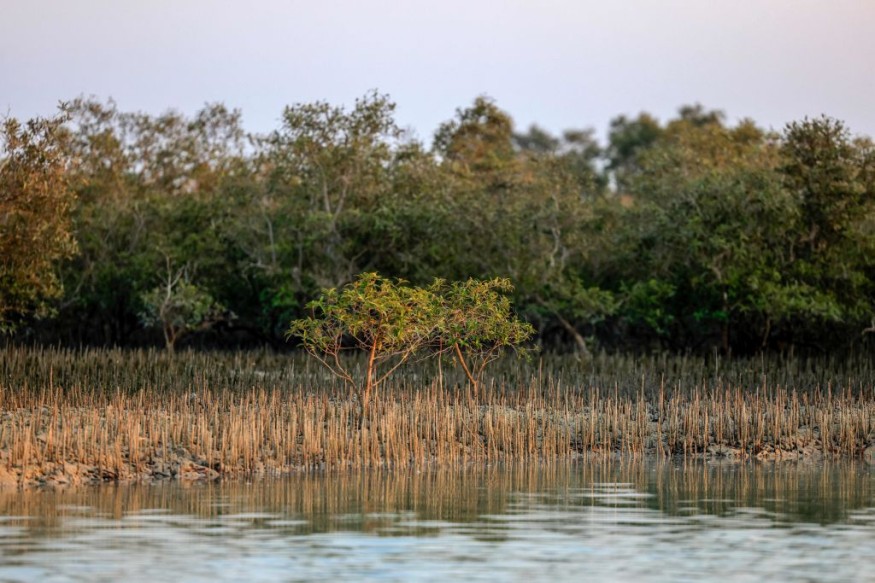
Over 50% of coastal mangrove forests worldwide are in danger of disappearing by 2050.
This is the result of the first worldwide study of mangroves by the International Union for Conservation of Nature's Red List of Ecosystems.
Human Activities
Mangroves store billions of tons of carbon, support fish and animals, and provide protection from storm surges, tides, and sea level rise.
The report was unveiled on the International Day for Biodiversity of the United Nations, involving 250 specialists from 44 nations. It demonstrates that as much as a third of the mangrove systems worldwide are in peril from climate change.
Experts said 19.6% of the evaluated mangroves are at high risk, meaning they are either classified as endangered or critically endangered, indicating a serious risk of collapse.
In addition to industrialization, pollution, the building of dams, and human activities, mangroves are endangered by rising sea levels and an increase in the frequency of powerful storms brought on by climate change.
Thirty-three percent of the mangrove ecosystems evaluated are threatened by climate change.
Mangroves in southern India, Sri Lanka, and the Maldives are particularly vulnerable due to human activity, which is the main cause of their loss.
Systems around Malaysia, Papua New Guinea, the Philippines, and the central Pacific and eastern Coral Triangle were designated as endangered.
"Mangrove ecosystems are exceptional in their ability to provide essential services to people, including coastal disaster-risk reduction, carbon storage and sequestration, and support for fisheries. Their loss stands to be disastrous for nature and people across the globe," said Angela Andrade, the chair of the IUCN commission on ecosystem management.
Mangroves, which are found all over the world, are made up of hundreds of different species of trees and plants that grow along tropical coastlines and provide cover for a wide variety of wildlife. They support a variety of species, including sloths, African wild dogs, and tigers, and serve as nidification sites for fish.
Mangroves in Hawaii and southeast Polynesia were excluded from the study as they are not naturally part of the ecosystems.
Preserving The Mangrove Ecosystem
According to the study, preserving mangrove ecosystems will be essential in reducing the effects of climate change because robust mangroves can withstand rising sea levels and provide protection from hurricanes, typhoons, and cyclones inland.
In the absence of major policy changes, sea level rise and climate change will eliminate nearly half of the world's projected 147,000 square kilometers of mangrove forest cover, or an area equivalent to Nepal.
The results of this study, which identify the main contributing factors behind mangrove degradation, can help guide future national assessments and actions to protect and restore these delicate ecosystems.
Researchers also suggest ways to mitigate the effects of sea level rise, including preserving sediment flows, safeguarding forests, reclaiming lost ground, and allowing mangroves to grow farther inland.
"The red list of ecosystems provides clear pathways on how we can reverse mangrove loss and protect these delicate ecosystems for the future, helping in turn to safeguard biodiversity, tackle the effects of climate change, and support the realization of the Global Biodiversity Framework," Andrade said.
Related Article : Mangroves in Danger: 50% of Mangrove Ecosystems Could Disappear Due to Climate Change, Deforestation and Pollution [Study]
© 2025 NatureWorldNews.com All rights reserved. Do not reproduce without permission.





